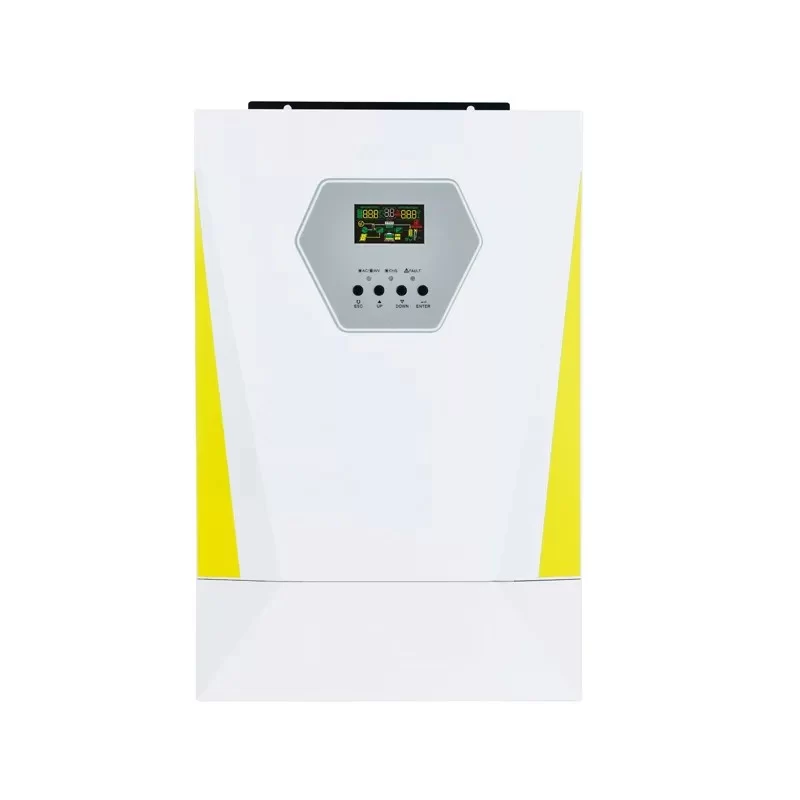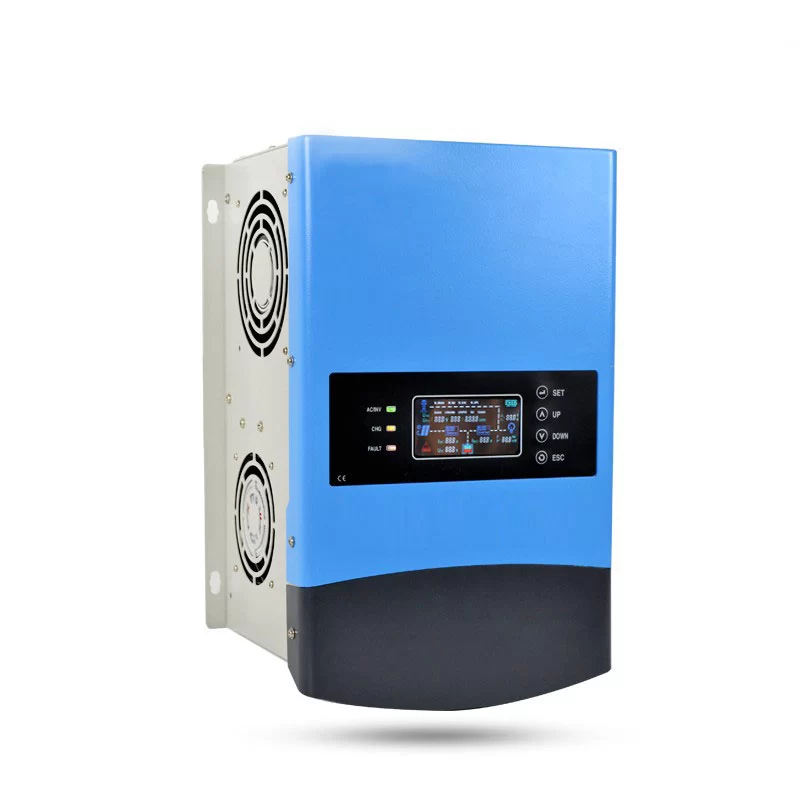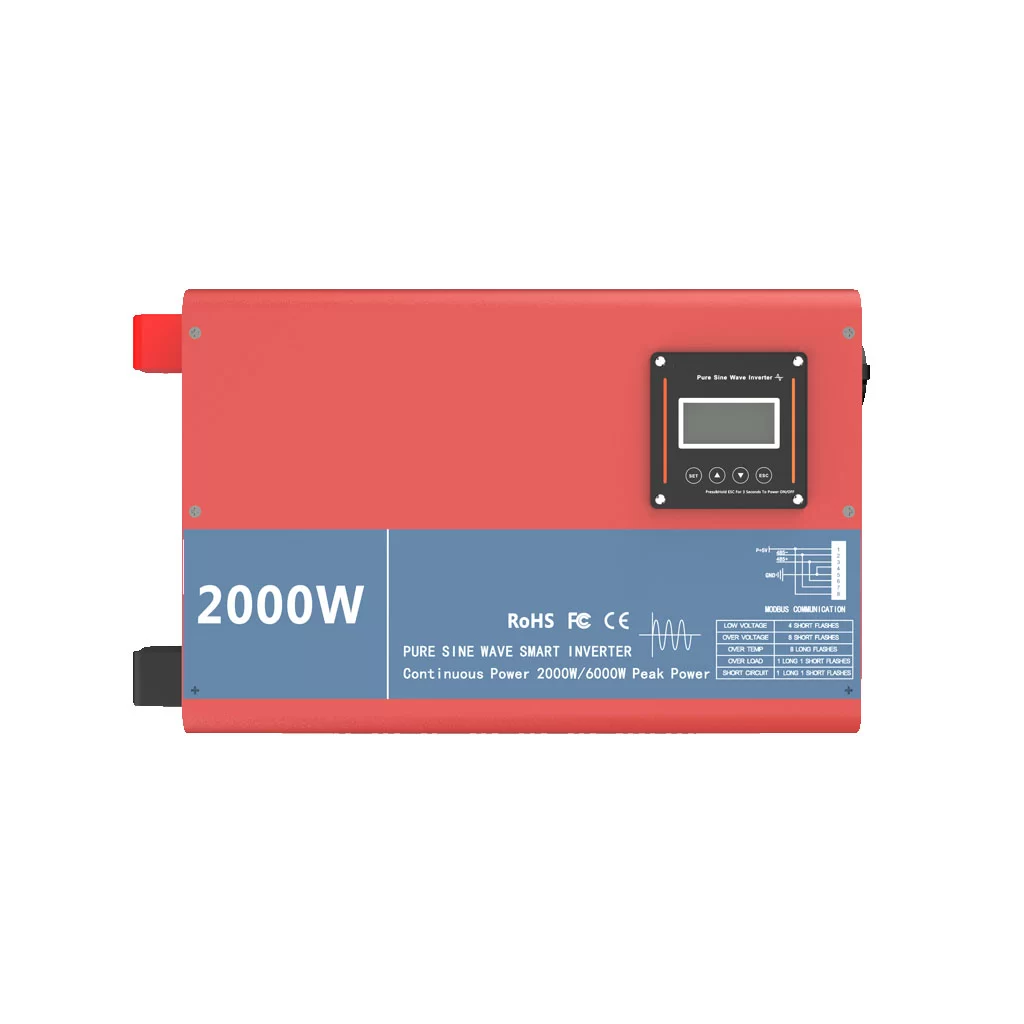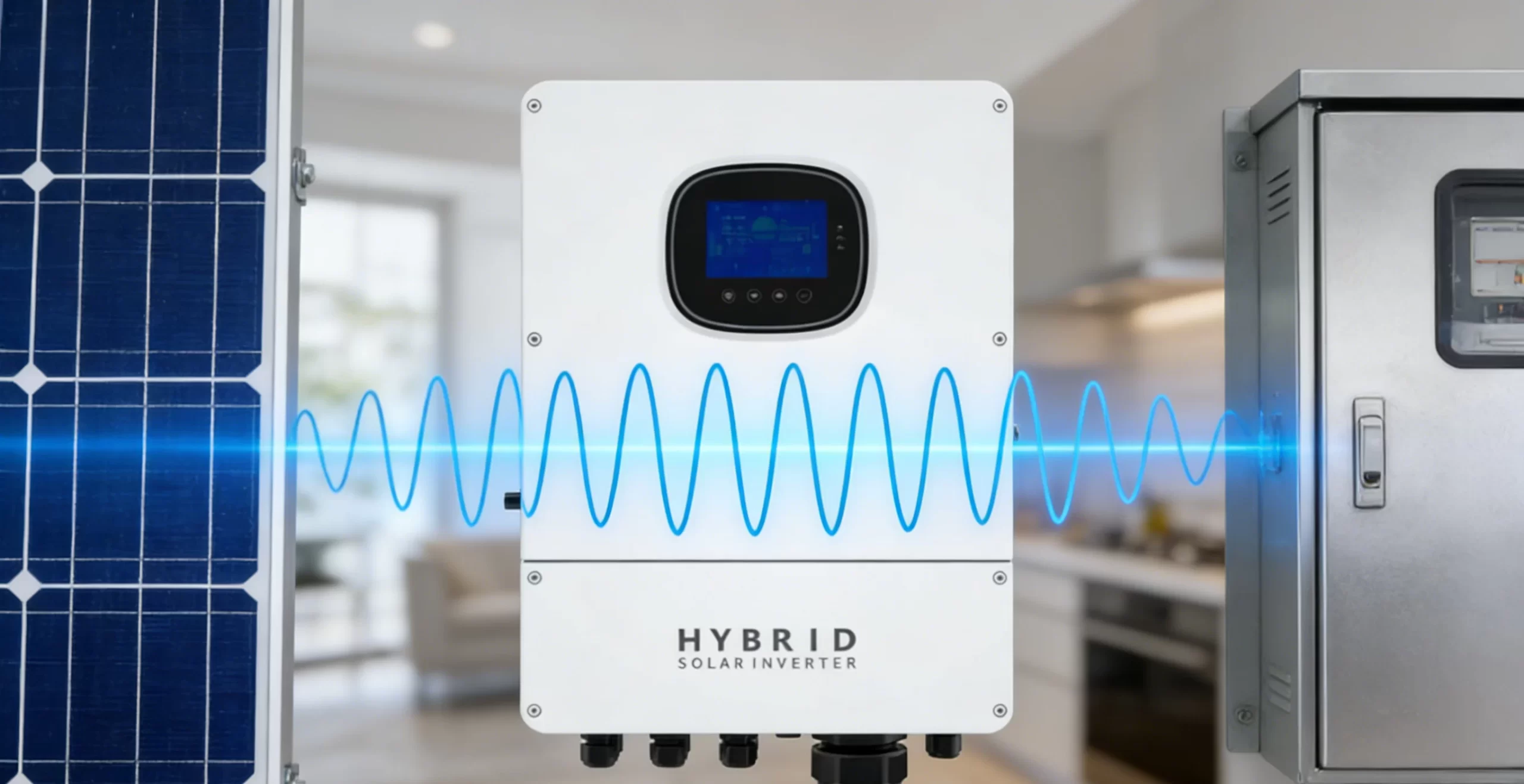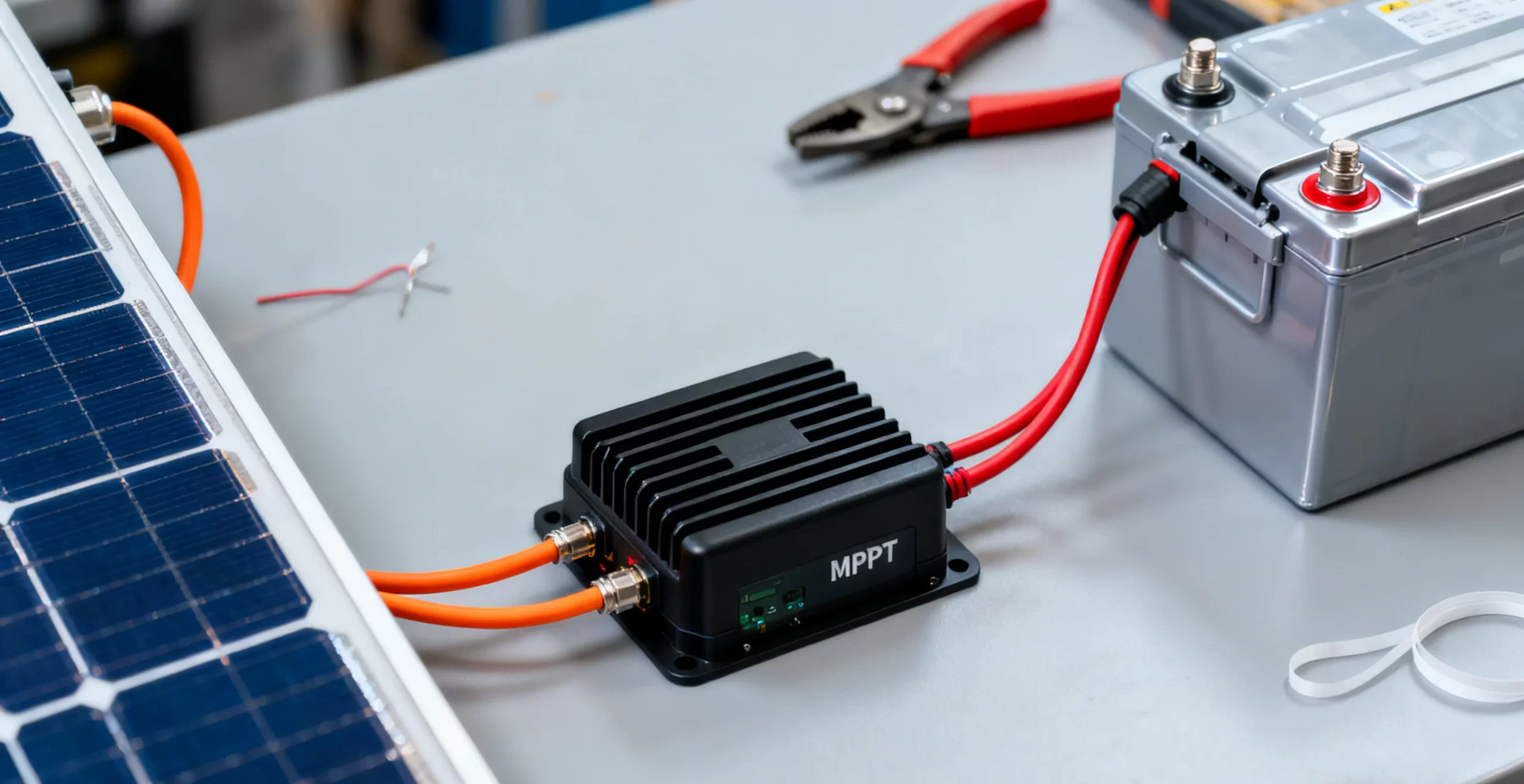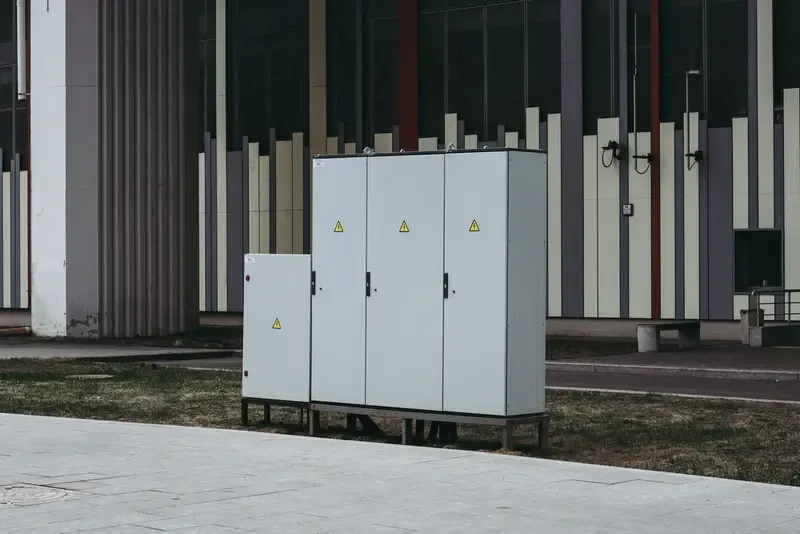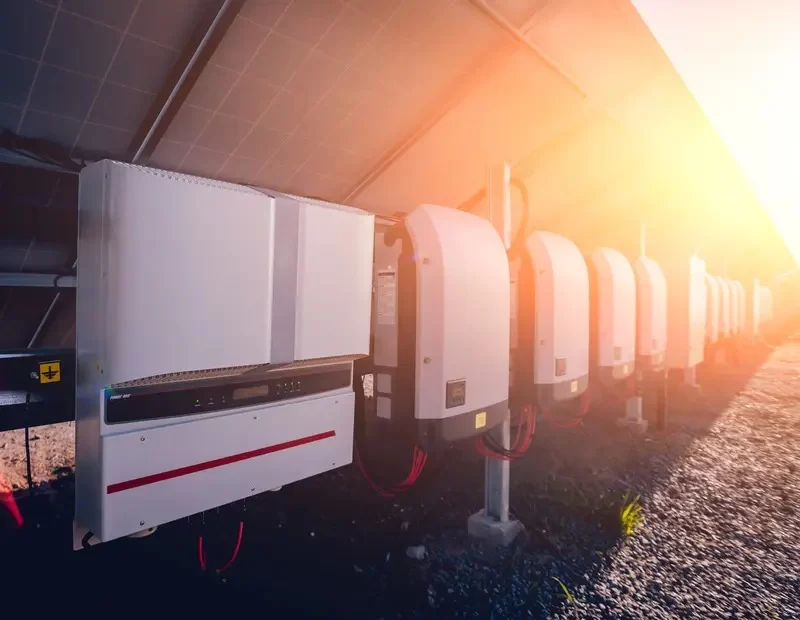- tel:+86-13651638099
- Email: [email protected]
- Official website: www.hj-net.com
- Address: 333 Fengcun Road, Fengxian District, Shanghai
Get A Quote Now!
Understanding Topcon and HJT Solar Technologies: Advantages and Difference
Introduction
Solar technology is advancing rapidly, offering more efficient and cost-effective solutions for homeowners and businesses. This article explores Topcon and HJT technologies, highlighting their unique advantages and applications, especially for home energy storage systems.
What is Topcon Solar Technology?
Topcon (Tunnel Oxide Passivated Contact) solar technology is a cutting-edge development in the solar industry. It improves the efficiency of solar cells by minimizing electron recombination, resulting in higher energy yields. Originating from advancements in the 2010s, key players like JinkoSolar and Longi have spearheaded its adoption.
Advantages of Topcon Technology
– High Efficiency Rates: Topcon cells offer higher efficiency than traditional PERC cells.
– Better Temperature Coefficients: They perform better in high-temperature environments, maintaining efficiency.
– Enhanced Performance in Low-Light Conditions: Topcon cells generate more power during cloudy or low-light days.
– Potential Cost Savings: Over time, the increased efficiency can lead to significant savings on energy bills.
What is HJT Solar Technology?
HJT (Heterojunction Technology) combines crystalline silicon solar cells with amorphous silicon thin-film layers. This hybrid approach enhances efficiency and durability. Developed in the 1990s, HJT technology has been popularized by companies like Panasonic and REC Group.
Advantages of HJT Technology
– Superior Efficiency: HJT cells often exceed 24% efficiency, outperforming many other technologies.
– Bifacial Module Capability: HJT panels can capture sunlight from both sides, increasing energy generation.
– Longer Lifespan: These panels have lower degradation rates, maintaining performance over time.
– Lower Degradation Rates: HJT cells degrade less over time, ensuring consistent power output for longer periods.
Comparing Topcon and HJT Technologies
When comparing Topcon and HJT technologies, several factors come into play:
– Efficiency: HJT generally offers slightly higher efficiency, but Topcon is close behind.
– Cost: Topcon panels are often more cost-effective upfront, while HJT may offer better long-term value.
– Performance: Both technologies perform well in various environmental conditions, but HJT’s bifacial capability provides an edge in specific scenarios.
– Applications: Both are suitable for home energy storage systems, integrating well with inverters and batteries for optimal performance.
Relevance to Home Energy Storage Systems
Topcon and HJT technologies are highly relevant for home energy storage systems. They work seamlessly with advanced inverters and solar batteries, ensuring homeowners can maximize their solar energy usage, reduce grid dependency, and save on energy costs.
Conclusion
Both Topcon and HJT solar technologies offer significant advantages, making them excellent choices for modern solar installations. Homeowners should consider their specific energy needs, budget, and long-term goals when choosing between these technologies.
FAQs
Topcon focuses on efficiency through reduced electron recombination, while HJT combines crystalline and thin-film silicon for higher efficiency and durability.
Topcon tends to be more cost-effective upfront, but HJT may offer better long-term value due to lower degradation rates.
Both technologies improve the lifespan of solar panels, with HJT having slightly lower degradation rates over time.
Yes, it’s possible to integrate both types of panels in a single system, though it’s essential to ensure compatibility with inverters and other system components.
Homeowners should consider efficiency, cost, performance in their specific environment, and long-term energy goals.

